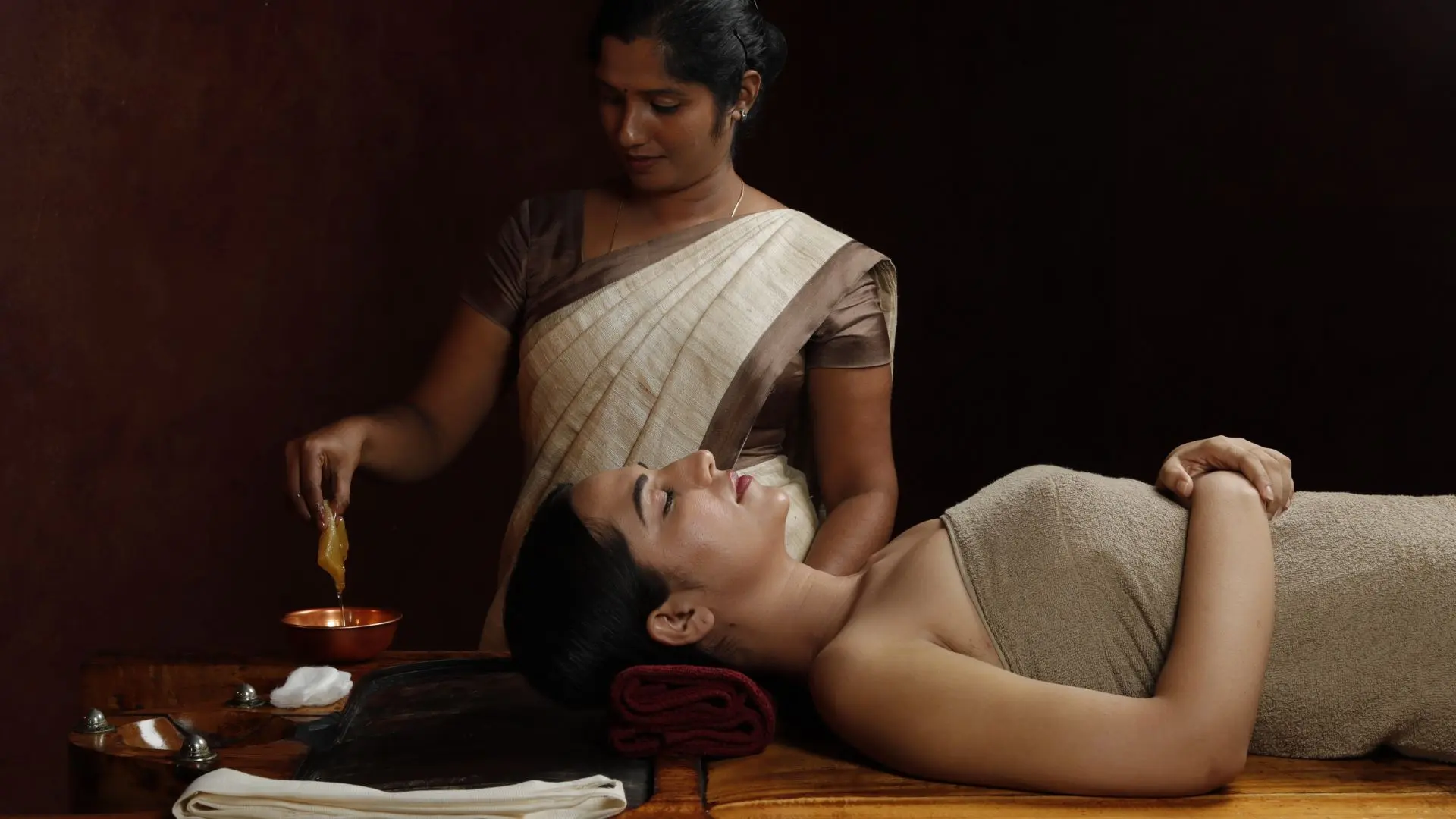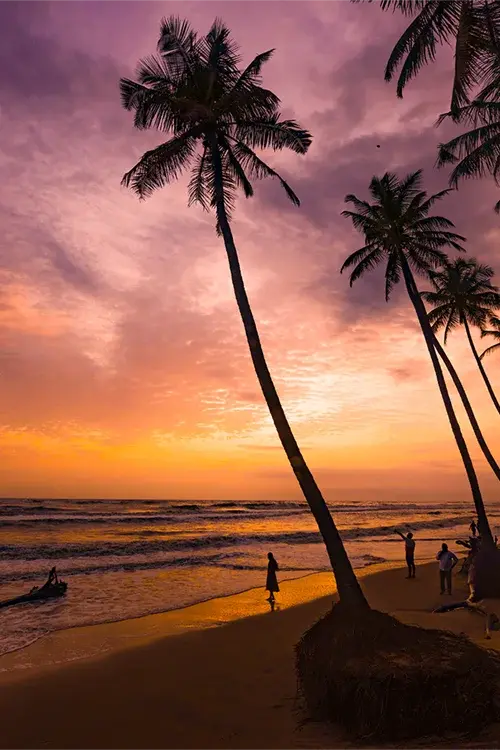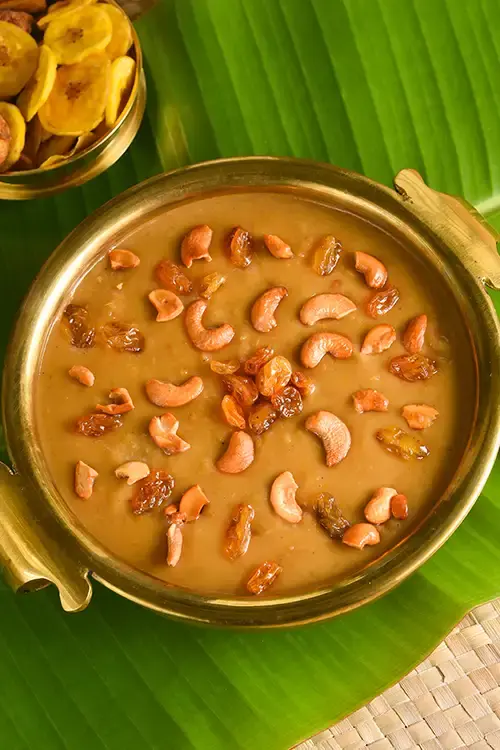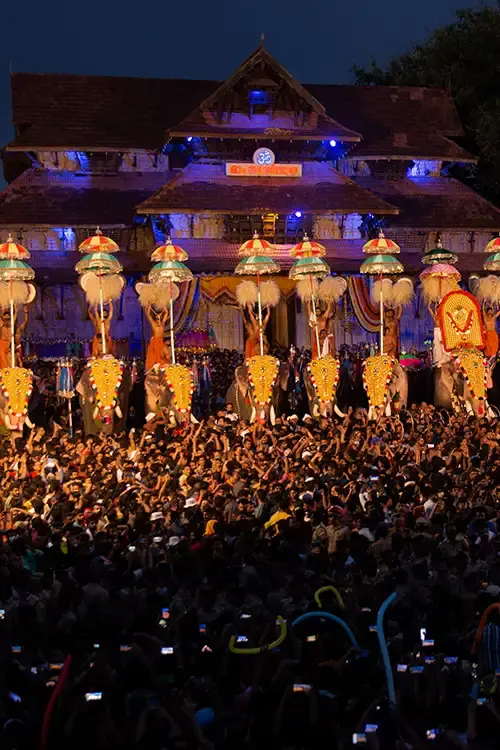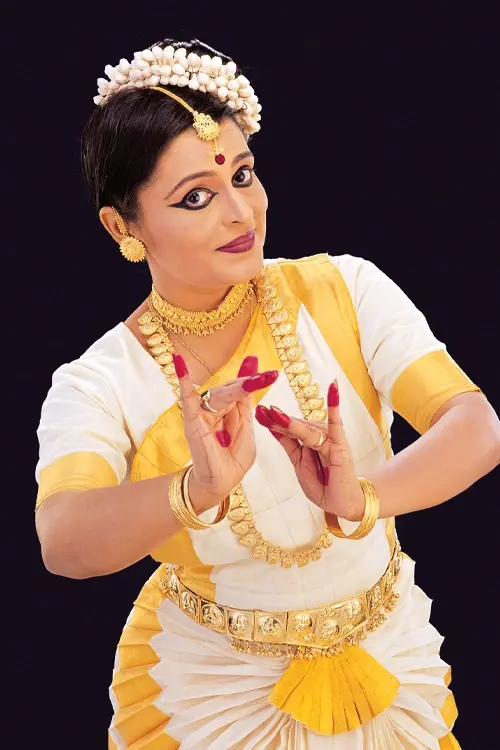FAQ
Which are Unique Theyyam deities?
Theyyam, a sacred ritual art form of Northern Kerala, reflects the profound influence of primitive and tribal worship practices. Elements such as spirit-worship, ancestor-worship, hero-worship and the worship of natural entities like trees, animals, serpents and village deities are integral to its performances. The mother goddess, Bhagavathy, continues to hold a significant place in Theyyam, along with other deities associated with disease and protection. Blood offerings, a practice rooted in ancient customs, are performed in designated spaces outside temple precincts.
Theyyam also incorporates influences from branches of mainstream Hinduism, including Shaktism, Vaishnavism and Shaivism. Deities such as Vishnumoorthi and Daivathar represent the Vaishnavite tradition, while the majority of Theyyam deities fall under the domains of Shaktism and Shaivism. Even spirits, ancestors, heroes and animals are classified within these religious categories, showcasing the syncretic nature of Theyyam.
Historically, ruling clans established shrines and serpent groves (kavus) dedicated to Theyyam deities within their households. These shrines honour gods and goddesses like Rakteshwari, Chamundi, Someshwari, Kurathi and Vishnumoorthi, underscoring the deep integration of Theyyam into both community and familial worship practices.
This blending of tribal traditions with Hindu religious practices makes Theyyam a living testament to Kerala’s rich spiritual and cultural heritage.
